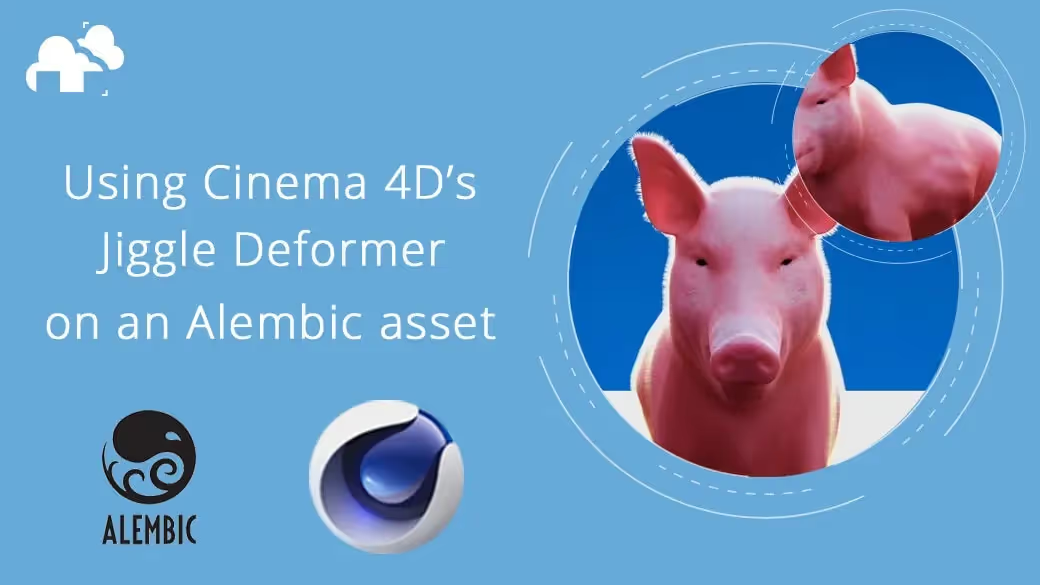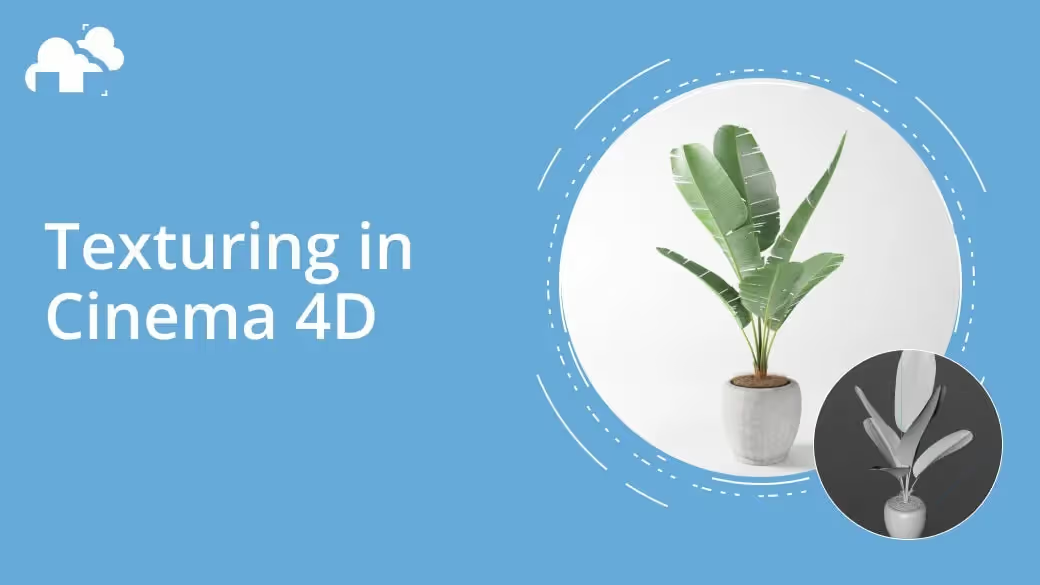
Using Cinema 4D’s Jiggle Deformer on an Alembic asset
If you use Cinema 4D and Blender, or collaborate with other artists and studios, Alembic can be your best friend. Learn to use Alembic to apply C4D's Jiggle Deformer on an animated pig from Blender!
